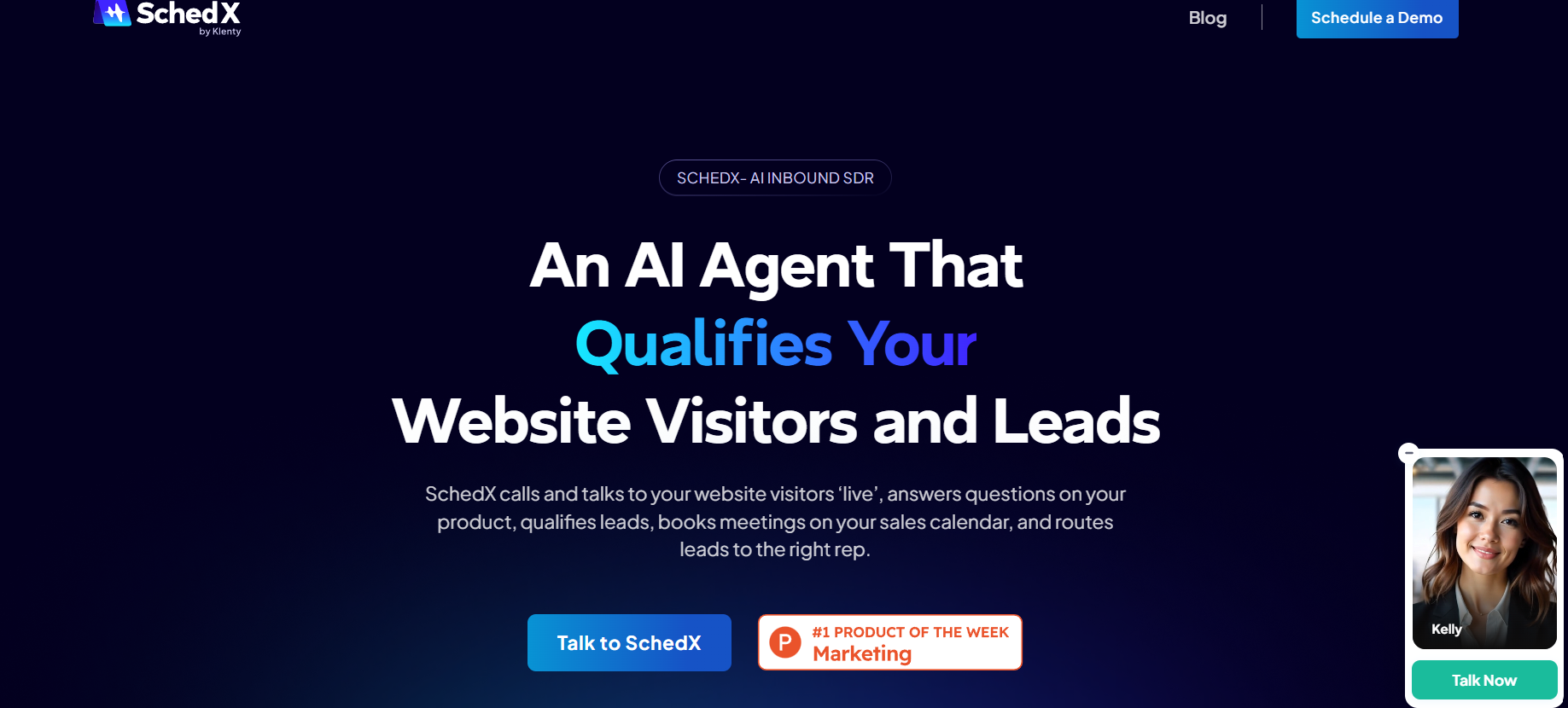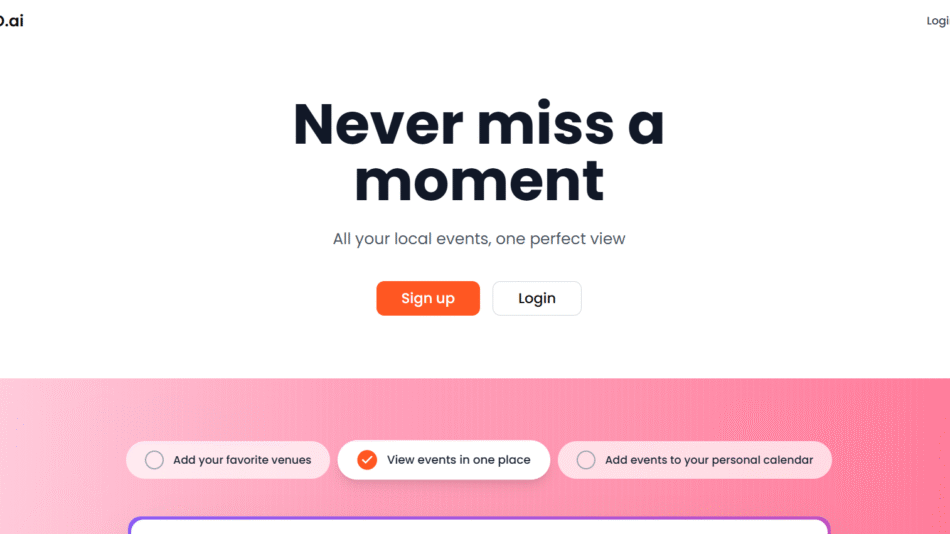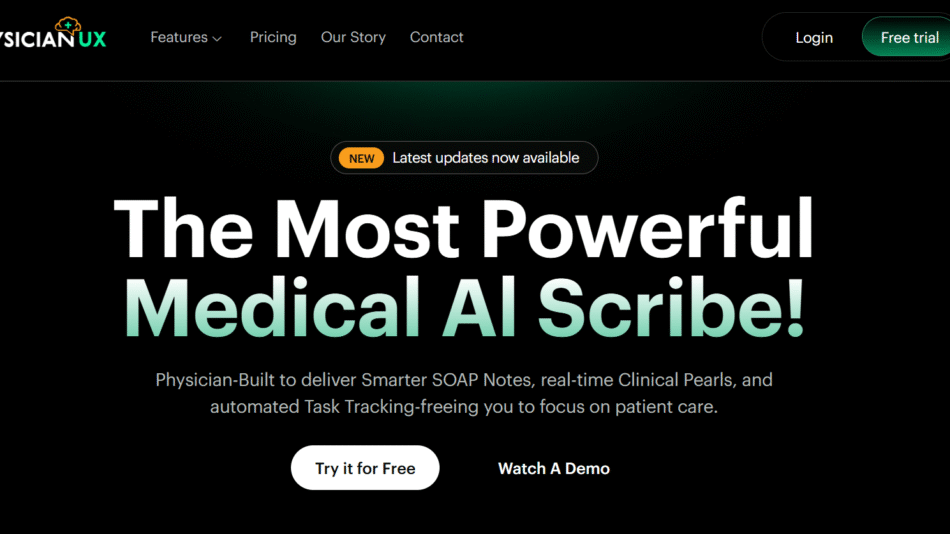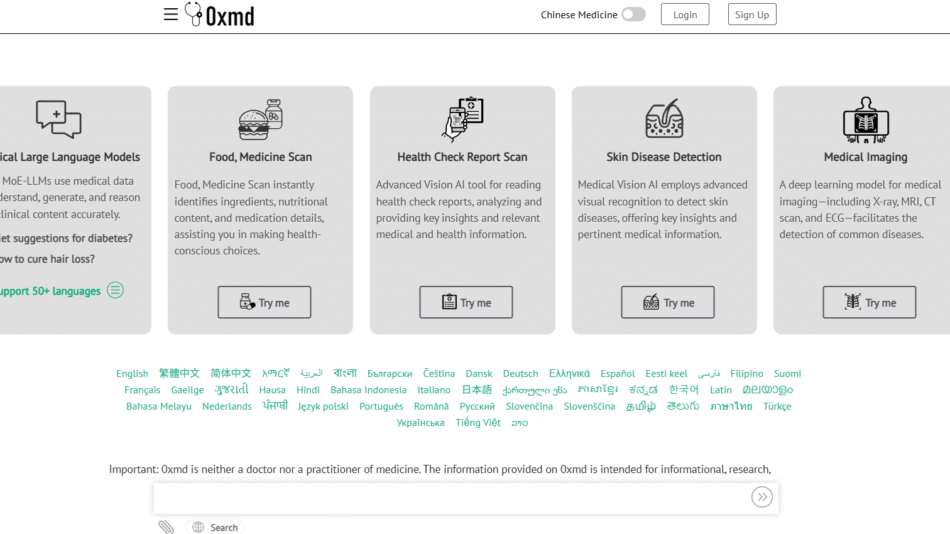SchedX AI is an AI-powered workforce scheduling platform specifically designed to solve one of healthcare’s most complex operational challenges—staff scheduling. The platform uses advanced machine learning algorithms to create optimized, fair, and cost-effective staff schedules for hospitals, clinics, and healthcare systems.
SchedX AI addresses the issues of overstaffing, understaffing, last-minute shift changes, and burnout by analyzing real-time demand, availability, compliance, and individual preferences. It enables healthcare organizations to streamline operations, reduce administrative workload, and improve overall staff satisfaction.
Features
AI-Driven Staff Scheduling
Automatically generates optimized schedules that account for availability, roles, shift patterns, and labor laws.
Real-Time Demand Forecasting
Predicts staffing needs based on historical patient volumes, seasonal trends, and real-time data.
Custom Rule Engine
Supports hospital-specific rules, union contracts, and compliance constraints like rest periods and shift lengths.
Automated Shift Assignment
Assigns staff based on skill levels, certifications, and availability with minimal human intervention.
Schedule Flexibility and Self-Service
Allows staff to request swaps, submit availability, and view their schedules via a self-service portal.
What-If Scenario Planning
Helps administrators simulate different staffing scenarios to predict outcomes and resource needs.
Integration with EHR and HR Systems
Connects with electronic health records (EHR) and human resource platforms for seamless data synchronization.
Mobile-Friendly Dashboard
Enables both administrators and staff to manage schedules, requests, and notifications from any device.
Analytics and Reporting
Offers data-driven insights on scheduling efficiency, overtime costs, compliance violations, and absenteeism.
How It Works
SchedX AI streamlines the traditional, often manual process of staff scheduling by applying artificial intelligence and machine learning. After initial setup, healthcare providers input data such as staff roles, certifications, availability, and compliance rules. The AI then generates optimized shift patterns that meet patient demand and workforce capacity.
Staff members access their schedules through a mobile-optimized portal, where they can view shifts, request changes, or submit availability. The AI automatically updates and adapts schedules as changes occur, such as sick leave or increased patient volume.
Administrators can also model “what-if” scenarios, such as a COVID surge or staff shortage, to evaluate how resources would be impacted and adjust accordingly. The system is designed to be user-friendly, scalable, and compliant with healthcare regulations.
Use Cases
Hospitals and Health Systems
Manage thousands of staff members across departments, ensuring proper coverage and reducing labor costs.
Clinics and Urgent Care Centers
Streamline scheduling for rotating staff, part-time workers, and high-volume shifts.
Nursing Homes and Long-Term Care
Ensure compliance with regulations and accommodate varying shift patterns and caregiver assignments.
Emergency Departments
Adapt rapidly to changing patient loads with dynamic, AI-informed staffing models.
Medical Staffing Agencies
Quickly match available healthcare workers to open shifts in client facilities.
Telehealth Services
Optimize virtual care provider schedules across time zones and demand peaks.
Pricing
As of the latest update from schedx.ai, SchedX AI follows a custom pricing model based on the size of the organization, number of staff, and complexity of scheduling needs.
Pricing typically varies based on:
Number of users or licensed seats
Integration requirements (e.g., EHR systems)
Support and onboarding needs
Analytics and reporting modules
Prospective users are encouraged to book a demo or contact the SchedX AI team directly to receive a tailored quote and explore deployment options.
Strengths
Healthcare-Specific Design
Built specifically for the complexities of healthcare staffing, including compliance and union agreements.
Time and Cost Efficiency
Reduces manual scheduling hours and minimizes overtime through intelligent shift assignment.
Adaptable and Scalable
Works for small clinics and large hospital systems alike, with scalable deployment options.
Improves Staff Satisfaction
Supports fair scheduling, preference-based assignments, and transparent change management.
Minimizes Burnout and Errors
Optimizes rest periods and distributes shifts evenly to prevent overwork.
Advanced Forecasting
Predictive modeling improves readiness for high-demand periods or emergencies.
Robust Integration Capabilities
Works with existing HR, payroll, and hospital systems for seamless workflow.
Drawbacks
Custom Pricing Only
Lack of transparent pricing may slow down initial adoption or comparisons with other solutions.
Initial Setup Required
The onboarding process requires time and access to accurate staff and scheduling data.
Focused on Healthcare
Not suited for industries outside healthcare, limiting its broader utility.
Dependent on Data Quality
Accuracy of forecasts and optimization depends heavily on clean, updated data inputs.
Limited Public Documentation
As an enterprise solution, it may lack the extensive self-service resources of more general SaaS platforms.
Comparison with Other Tools
Vs. Kronos (UKG)
Kronos is a widely used workforce management system. SchedX AI provides more specialized healthcare AI capabilities, especially for dynamic shift optimization.
Vs. When I Work or Deputy
These platforms are popular in retail and hospitality. SchedX AI is more suited to the regulatory and clinical complexity of hospitals.
Vs. Manual Scheduling in Excel
SchedX AI offers automation, compliance checking, and predictive features that manual tools cannot replicate.
Vs. AI Scheduling in Other Sectors
Generic AI scheduling platforms may lack healthcare-specific compliance support, such as rest period mandates or union contract rules.
Vs. Internal HR Tools
Most in-house systems do not offer AI optimization or predictive analytics, making SchedX a performance upgrade.
Customer Reviews and Testimonials
While customer reviews are not prominently listed on the official website, early enterprise clients and beta users have shared feedback on third-party platforms and case studies.
A hospital operations manager stated:
“SchedX reduced our nurse scheduling time by over 50%. We’ve seen improved satisfaction among staff, especially in high-turnover departments.”
A clinic administrator noted:
“Before SchedX, schedule changes took hours of coordination. Now, we manage shift swaps and last-minute changes in minutes.”
A healthcare HR executive commented:
“The AI adapts to our staffing needs and has helped cut back on overtime significantly.”
These testimonials emphasize time savings, efficiency, and better workforce satisfaction—key performance indicators in healthcare management.
Conclusion
SchedX AI offers a sophisticated, healthcare-specific workforce scheduling platform that leverages AI to solve real-world staffing challenges. By optimizing shifts, predicting demand, and automating manual tasks, it helps healthcare providers operate more efficiently and equitably while improving staff morale and reducing burnout.
For healthcare systems seeking a smarter, scalable, and compliant solution to workforce management, SchedX AI delivers real value with modern capabilities tailored to the industry’s unique demands.















